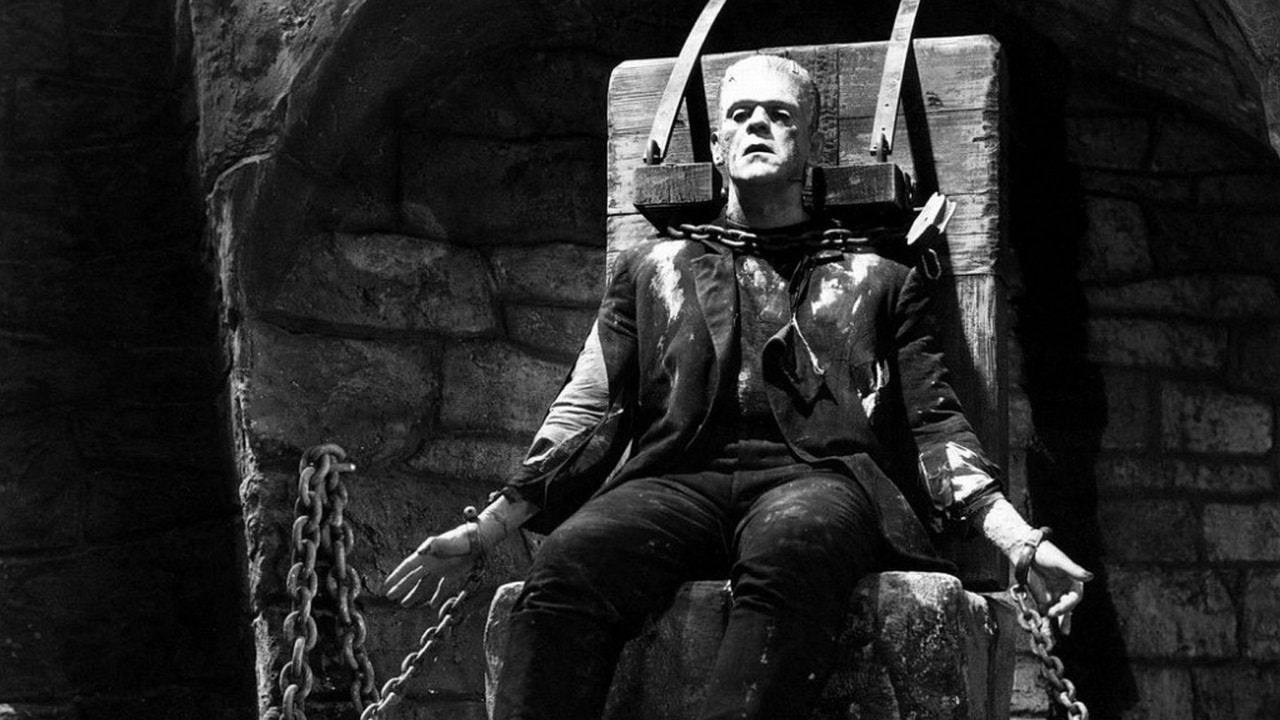
when Horror Yearbook – Frankenstein has long haunted the imagination of readers around the world. Originally written by Mary Shelley in 1818, the story of Victor Frankenstein and his tragic creation has grown into one of the most iconic horror legends in literary history. While most accept the tale as pure fiction, recent historical research suggests deeper roots buried beneath the surface. Shelley was influenced by real-life scientific debates and macabre experiments taking place in her time. Her stay near Lake Geneva, alongside poets and philosophers, ignited a storm of creativity influenced by ghost stories, medical breakthroughs, and philosophical questions about life itself. Frankenstein emerged not just as a work of horror but as a reflection of humanity’s fear and fascination with science. The setting and tone of her novel mirrored real anxieties over what science might do when unchecked by ethics or responsibility.
Frankenstein may seem like a fantasy, but elements of the tale can be traced back to actual scientific experiments. During the early 1800s, galvanism captured the attention of European intellectuals. Scientists believed that electricity could animate dead tissue. In this era of curiosity and chaos, people attended public demonstrations where animals were jolted into movement by electric charges. The idea that life could be artificially restored fascinated many and terrified others. Mary Shelley closely followed these discussions and witnessed how the public responded. In the novel, Victor Frankenstein embodies these scientific ambitions. Frankenstein builds his creature from pieces of corpses and awakens it with electricity. Though entirely fictional, this mirrors real debates on life and death that were taking place in lecture halls and laboratories. Shelley gave these ideas shape through horror, raising ethical questions about playing with life itself.
While Victor Frankenstein is often remembered, the creature he made has become even more iconic. Frankenstein’s monster has appeared in countless films, books, and artworks. Yet few know the full range of inspirations that shaped its image. Beyond science, Shelley drew from folklore, Gothic traditions, and the political unrest of her time. Frankenstein the monster is intelligent, emotional, and painfully aware of his difference. He longs for acceptance but is met with fear and violence. This emotional complexity was inspired by stories of outcasts and rebels, some of whom were based on real people. Shelley’s creature reflects social anxiety about the unknown and the foreign. Frankenstein’s physical description came not from science but from stories about ghouls and reanimated corpses. The monster became a symbol of fear, not because of what he did, but because of how he looked and what he represented to the society around him.
“Read more: Rett Syndrome in Kids: The Rare Disorder Every Parent Must Know About!”
Frankenstein’s themes of isolation and ambition mirrored real personalities from Mary Shelley’s world. Victor Frankenstein has been compared to scientists like Giovanni Aldini, who shocked audiences by electrifying cadavers. Other figures, such as Percy Shelley and Lord Byron, served as models for the arrogant and tormented genius. Even Mary’s own experience of loss and motherhood contributed to her emotional portrayal of the monster’s longing for companionship. Frankenstein was not just about fear of science. It spoke to the human experience of being misunderstood and rejected. Scholars now believe that Shelley created Frankenstein as a warning. The more society ignored the emotional consequences of progress, the more likely it would create its own monsters. Frankenstein continues to live on as a symbol of unchecked ambition, scientific arrogance, and the dangers of dehumanization. The real horror lies not in the monster but in the refusal to take responsibility for what is created.
Frankenstein remains relevant centuries later. Modern culture has transformed the character from a literary creation into a symbol of science gone wrong. Frankenstein’s monster appears in everything from Halloween costumes to philosophical debates on artificial intelligence. The story continues to raise questions about what it means to be human. In academic circles, Frankenstein is used to explore topics like cloning, robotics, and ethics in medical research. Frankenstein was never just a horror story. It was a mirror held up to society, reflecting its fears, its hopes, and its mistakes. Museums and universities regularly feature Frankenstein-themed exhibits and discussions. The myth has grown but its core remains the same. Frankenstein challenges readers to consider the cost of progress without empathy. Whether based in fact or fiction, the story continues to evolve. As long as humanity experiments with power beyond its control, the shadow of Frankenstein will remain.